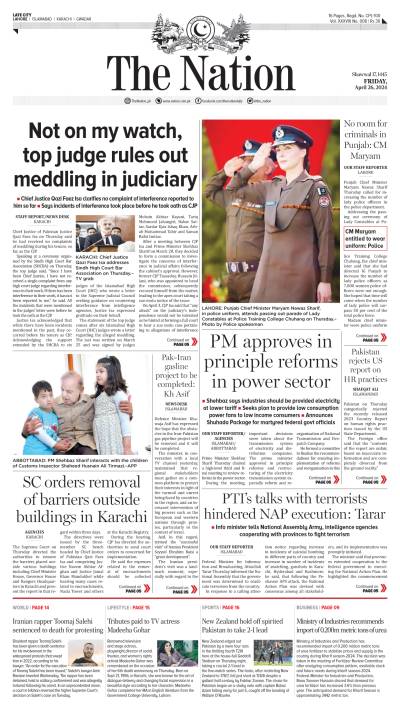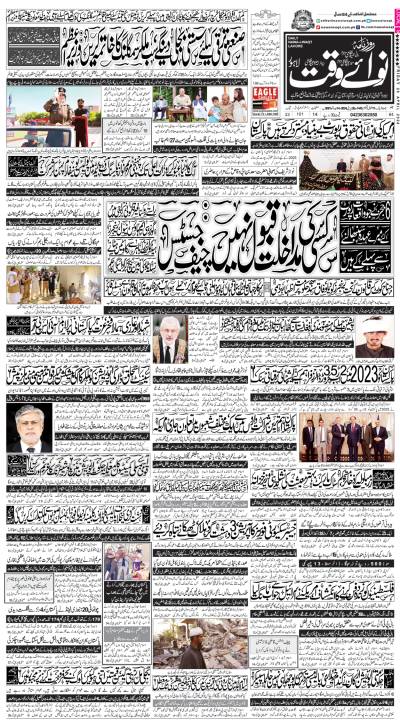Jonathan Cook - It is easy to forget, with eulogies casting him as the unexpected “peace-maker”, that for most of his long military and political career Ariel Sharon was known simply as The Bulldozer. That is certainly how he will be remembered by Palestinians.
His death was announced on Israeli army radio on Saturday. He was 85 years old and had been comatose since 2006.
Mikhael Warschawski, a founder of the joint Israeli-Palestinian advocacy group the Alternative Information Centre, describes Sharon as one of only two “political visionaries” in Israel’s history, along with the country’s first prime minister, David Ben Gurion.
“Yes, he was brutal, but he was more than that,” Warschawski said. “Like Ben Gurion, and unlike modern politicians such as current Israeli Prime Minister Benjamin Netanyahu, he was uninterested in petty party politics. He had a project he would not be distracted from - a view of what Israel is and what it should be.”
That vision was ultimately forged by Sharon’s military and political experiences.
Military philosophy
According to Menachem Klein, a politics professor at Bar Ilan University, near Tel Aviv, Sharon created Israel’s modern “military norms” through his founding of a secretive “retribution squad”, named Unit 101, that operated through the 1950s and 1960s.
In Israel’s early years, Unit 101 carried out reprisals against Palestinian fighters across the armistice lines, in an attempt to deter future enemy raids into Israeli territory. In practice, however, the price was paid as much by civilians as fighters.
Later, as defence minister, Sharon would be the moving force behind the decision to invade Lebanon in 1982, as a bloody way to expel the Palestinians from their strongholds there and destabilise a northern neighbour.
Along the way, and in the spirit of Unit 101, his commanders oversaw the horrific massacre of hundreds, and more likely thousands, of Palestinian refugees in the Sabra and Shatila camps by Israel’s Phalangist allies - an event for which an Israeli inquiry found him “personally responsible”.
Today, Sharon’s military philosophy is reflected in the Israeli army’s Dahiya doctrine - its policy in recent confrontations to send Israel’s neighbours in Gaza and Lebanon “into the dark ages” through massive destruction of their physical infrastructure. But his military thinking chiefly served political ends.
According to Warschawski, Sharon explicitly refused to accept that the 1948 war that established Israel was over. As a result, he rejected efforts to define the extent of Israel’s territorial ambitions.
‘Father of settlements’
As US Secretary of State John Kerry recently headed back to the region to re-energise peace talks between Israel and the Palestinians, Israeli columnist Chemi Shalev observed that “Sharon’s spirit hovers” over the proceedings:
“Sharon, the ‘father of settlements’ had probably done more than anyone - certainly more than Netanyahu - to erase the 1967 borders, separating Israel and the occupied territories, from the map and to undermine the establishment of a Palestinian state.”
In his early political career, Sharon used various lowly government positions to work out his grand vision. In the early 1980s he established exclusive Jewish communities, known as the star points, along the Green Line to erase for Israelis the physical distinction between Israel and the West Bank and bring the settlements “back into Israel”.
At the same time, inside Israel, he devised ever-more inventive land-grabbing schemes to ensure Israel’s own large Palestinian minority was barred from living in most areas of the country. Exclusive Jews-only communities became part of a renewed “Judaisation” programme in the Galilee and Negev, symbolised by the vast private ranch he built for himself in the Negev.
Operation Defensive Shield
Later, as prime minister, Sharon more directly reversed Oslo by launching Operation Defensive Shield, a reinvasion of areas that were supposed to have been passed to the control of a Palestinian government-in-waiting, the Palestinian Authority.
He would finally pen the Palestinians into a series of enclaves by approving and starting construction of a 700km steel-and-concrete “separation barrier” across the West Bank.
The wall he began has dramatically expanded in subsequent years to become a series of fortifications - from new wall-building ventures such as the recent bid to separate Israel from Egypt to missile defence systems like Iron Dome - designed to turn Israel into an invulnerable “Jewish fortress”.
Yet, in the months before he fell into a long-term vegetative state in early 2006, many analysts were all too ready to revise their assessments of Sharon. In death, he is again being feted as the military hawk who ended his days a “man of peace”. Nothing, however, could be further from the truth, according to Klein and Warschawski.
The reason cited for reassessing Sharon’s legacy is his decision to withdraw some 7,000 Jewish settlers, as well as the soldiers protecting them, from the Gaza Strip, in the so-called “disengagement” of 2005.
This move was widely interpreted as Sharon’s first brave step in a process intended to end the occupation so that a Palestinian state could be born. In reality, however, it represented something equally dramatic but far more cynical.
Warschawski says the disengagement marked a strategic shift in Sharon’s thinking, one still influencing Israel’s approach to the occupied territories. “Sharon finally accepted that the Palestinians could not be made to disappear. He wanted a Greater Israel but understood that he could not expel the Palestinians to achieve it.”
‘Sharon’s real enemy’
The reality, adds Klein, was that the disengagement set in motion two achievements that severely harmed Palestinian interests.
First, it helped to undermine Palestinian nationalism - the real enemy for Sharon. By withdrawing from Gaza, observes Klein, Sharon entrenched its physical separation from the West Bank. Parallel moves, banning the Palestinian Authority and the Islamic movement Hamas from East Jerusalem, would further isolate the Palestinians into three disconnected territories.
Today, Gaza, the West Bank and East Jerusalem are increasingly losing a sense of an overarching national project, and are instead developing along different political trajectories. The physical separation has usefully divided the Palestinian national movement, with the Fatah-controlled Palestinian Authority nominally in charge of the West Bank, Gaza run by Hamas, and an orphaned East Jerusalem struggling under hostile Israeli rule.
Second, Sharon was able to focus on the West Bank - the real prize - and his efforts to turn the Palestinian Authority from a government-in-waiting into a “sub-contractor” of the occupation. The key to this was manipulating the succession so that Palestinian leader Yasser Arafat would be followed by the weak Mahmoud Abbas.–Aljazeera
Friday, April 26, 2024
The legacy of Ariel ‘the bulldozer’ Sharon
9:54 AM | April 26, 2024
China wants ‘just, lasting’ solution to Palestine issue
1:21 PM | April 26, 2024
Three-day global science-policy forum: Socially inclusive solar irrigation systems
11:02 AM | April 26, 2024
DG kicks off tree plantation drive in ICT
April 26, 2024
11 outlaws arrested in district raids
April 26, 2024
Economic Challenges
April 26, 2024
No Compromise
April 26, 2024
Strength and Solidarity
April 26, 2024
Musk vs Australia
April 25, 2024
Reforming Rehab
April 25, 2024
Photon power
April 26, 2024
Justice prevails
April 26, 2024
Ending animal suffering
April 25, 2024
AI governance
April 25, 2024
AI concerns
April 25, 2024
ePaper - Nawaiwaqt
Advertisement
Nawaiwaqt Group | Copyright © 2024





